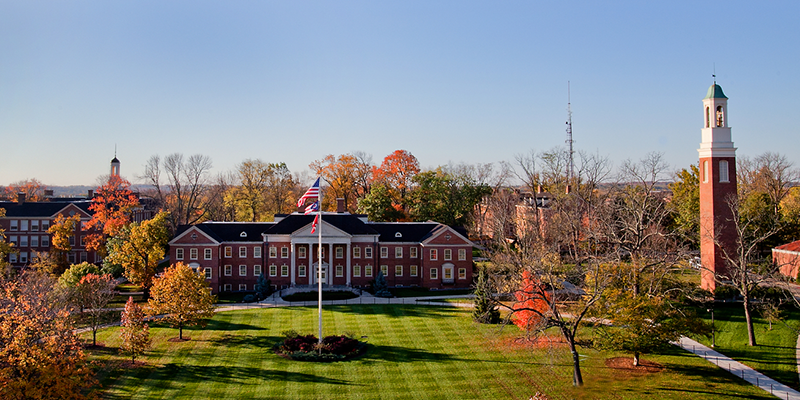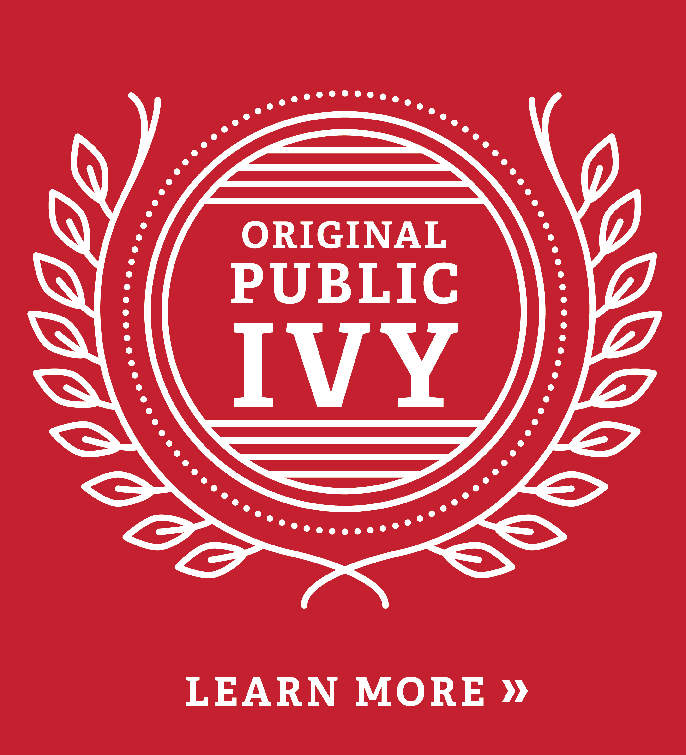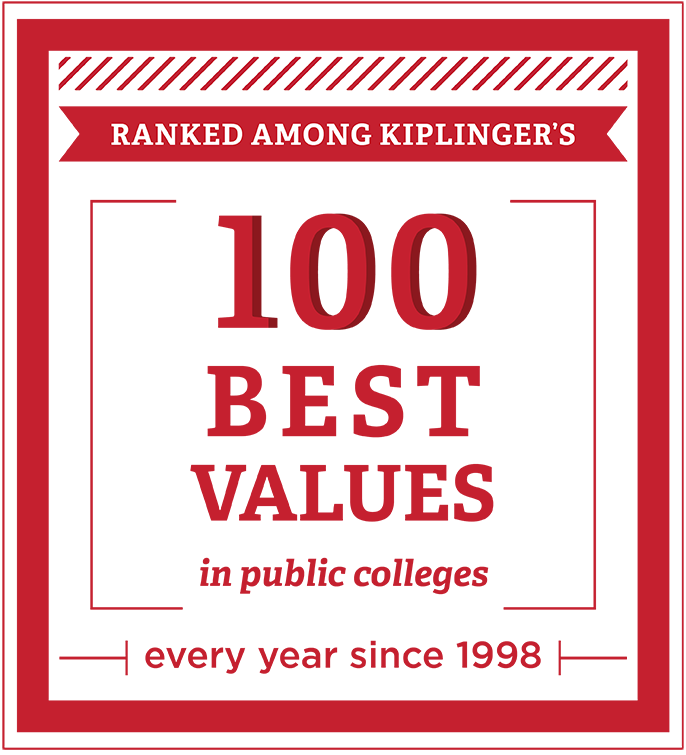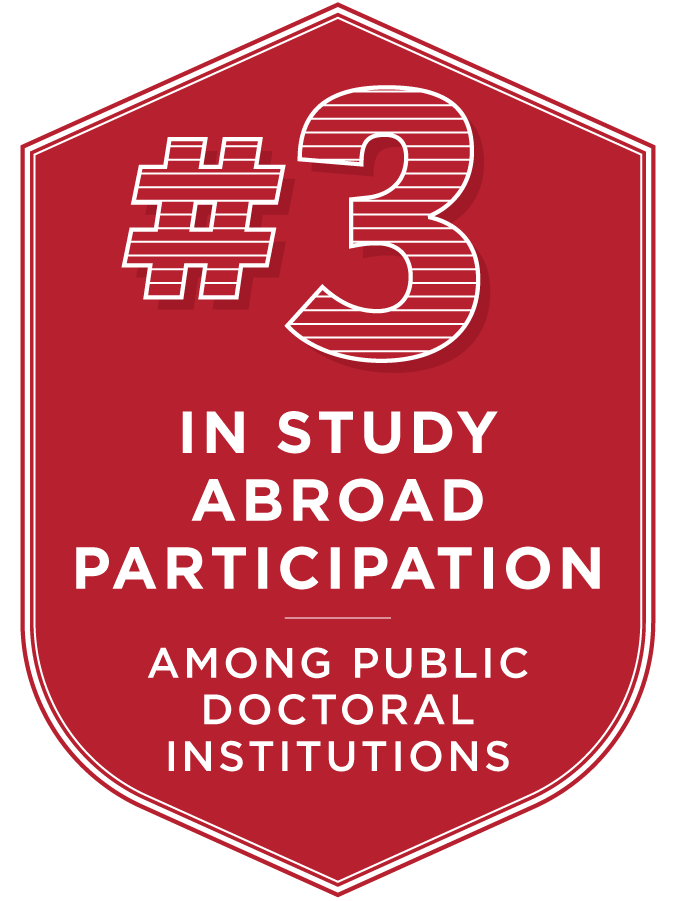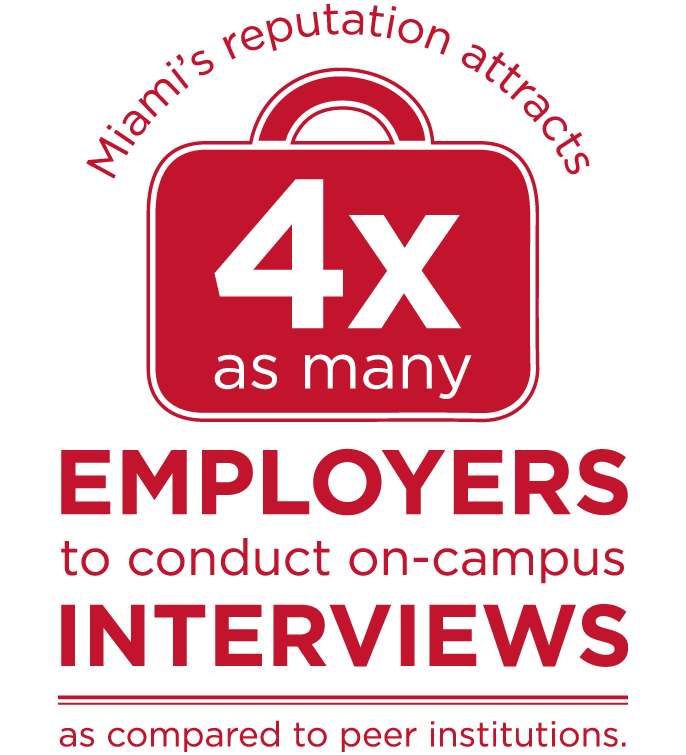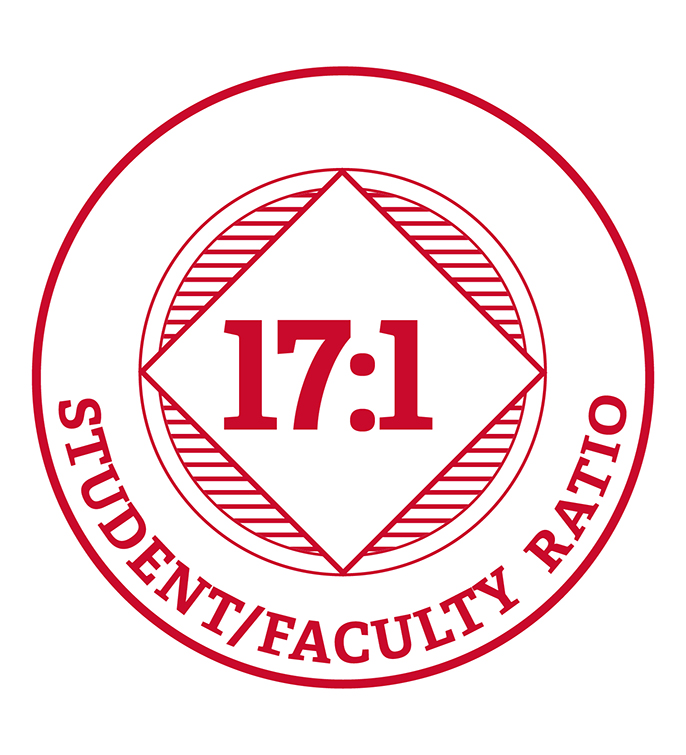Annual Address 2013
David C. Hodge
September 3, 2013
A little over three weeks ago the movie "The Butler" debuted. The movie was inspired by the life of Eugene Allen who served eight presidents in the White House. The story was originally reported by Miami alumnus Wil Haygood in The Washington Post. The screen adaptation uses this moving story to provide a deeper understanding of the civil rights movement that was unfolding across the nation during these years. The movie makes vivid the dangerous times and acts of heroism that individuals, both black and white, demonstrated for the cause of freedom. The movie takes note of the deaths of three Freedom Riders—James Chaney, Michael Schwerner, and Andrew Goodman—who were trained on the campus of Western College in the summer of 1964 before heading south to register black voters. Last week, we were again inspired by the 50th anniversary of the March on Washington and Dr. Martin Luther King's "I Have a Dream" speech. This coming year also marks the 50th anniversary of Freedom Summer, and to commemorate this historic event, Miami will focus attention throughout the year on "Celebrating Freedom: Learning from the Past, Building the Future." There will be a wide variety of events on all of our campuses sponsored under this theme throughout the year, and I urge everyone to participate in as many of these events as possible. They provide us with the opportunity to reflect on the progress made and the progress yet to come in the United States and throughout the world to ensure the freedom and dignity of all people.
The celebration of freedom and the "I am Miami" campaign both have their roots deeply planted in the very best of a liberal arts tradition. Thus, the efforts to complete a revision of the Miami Plan stand out as a significant effort in the year ahead. Few efforts are as fundamental to a university, and even more so to Miami, than sharing a passion for the liberal arts—which remain the most comprehensive basis for preparing students to be able to continually adapt in a constantly changing world—as the heart of our curriculum. A great deal has already been accomplished, but there is much to do in order to find that difficult balance of internal aspirations within the context of external constraints. I encourage everyone to participate in this process.
In January, we will open the Armstrong Student Center. For a long time this building has been the dream of Miami students. With their commitment and the generous support of more than 10,000 of our alumni, parents, and friends, it will soon be a reality. It is a stunning facility. In my view, and pretty much the view of everyone who has toured it, the architects have created something extraordinary. It is a practical and efficient building. By reusing the existing buildings, we saved tens of millions of dollars and found an incredibly energy efficient solution. It is a highly functional building. From the beginning, the architects were impressed with the energy of the Miami student body. They worked with the planning committee to ensure that this building will, like its academic counterparts, provide the kinds of spaces that facilitate the functions that are so critical to developing the Miami student. The building will be dedicated on Friday afternoon, February 7, as part of the celebration of the successful conclusion of the Love and Honor campaign. Students are planning for daily highlights for the two weeks leading up to the dedication. I hope that you will celebrate with them.
As I noted earlier, we are devoting substantial effort to determine how to implement the Miami 2020 Plan at the divisional and local levels. We have established the University goals and now we need to integrate those goals into our daily work. As we do this, our ability to "push in the same direction" will be greatly enhanced, moving that flywheel a little faster each and every day. Miami 2020 will provide a coherent and comprehensive focus to our efforts to improve. I cannot overstate its importance to our future, and I would like to take a few remaining moments to frame this effort.
Miami 2020 Plan
There are two major themes I would like to address. First, I would like to paint the big picture of what we seek to accomplish with Miami 2020 as our strategic plan for the next seven years. Then, I will focus on how we will accomplish those goals.
On one level, the "what" question is fairly simple to answer—to achieve our vision of providing the best undergraduate experience in the nation, enhanced by superior, select graduate programs. Where it gets a bit more complicated, well actually a lot more complicated, is in the understanding of what "best" means. Intuitively, we all understand that best is somehow all about quality, and that "we will know it when we see it." It is easy, for example, to profile a particularly successful student and appropriately feel that this person's accomplishments rank high on our intuitive scale of best.
Although this feeling and commitment to the concept of quality are important elements, they do not provide us with sufficiently tangible targets to measure our overall progress. Numerous rankings have been created to measure "quality," and it might be attractive to adapt their measures. Unfortunately, while their intent may be admirable, these rankings tend to focus on perceived status and/or input measures, such as the average test scores of incoming students, the proportion of applicants who are admitted, and the amount spent per student. To be sure, the academic qualifications of the incoming class do matter, but there are other qualities that matter just as much. Throughout its history, Miami has excelled at being a "value-added" university, a university that prides itself in seeking out students who are both academically capable and willing to work to achieve great things. Here is how one of our students, Justin Hogue, explains this quality in a letter thanking Valerie and me for our scholarship support. In his letter, Justin poses the question of why he chose Miami, even though he had more scholarship funding elsewhere. He writes:
"Miami University is not simply any university. Beyond its beautiful landscape and classic brick buildings lies the Miami spirit. When I walk across campus now, as I did as a senior in high school, what I see in students is a drive. A desire to be more, to do more, to make the most out of their time at Miami, and to make the most out of life."

